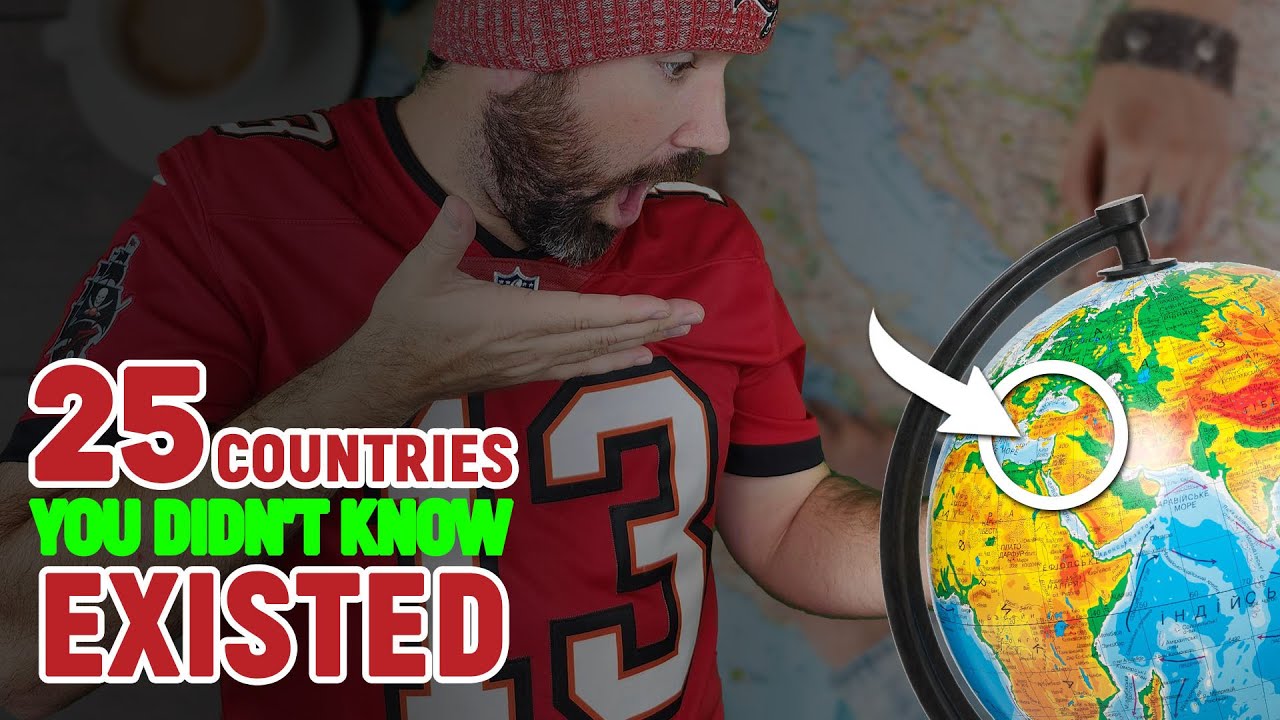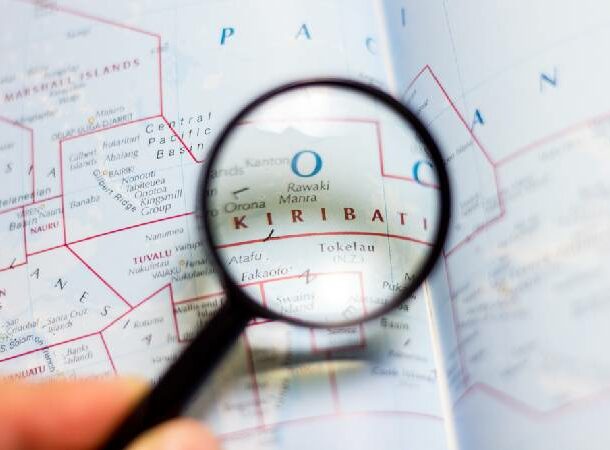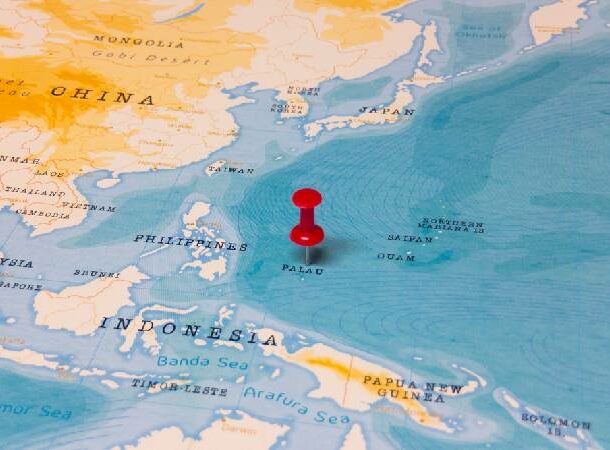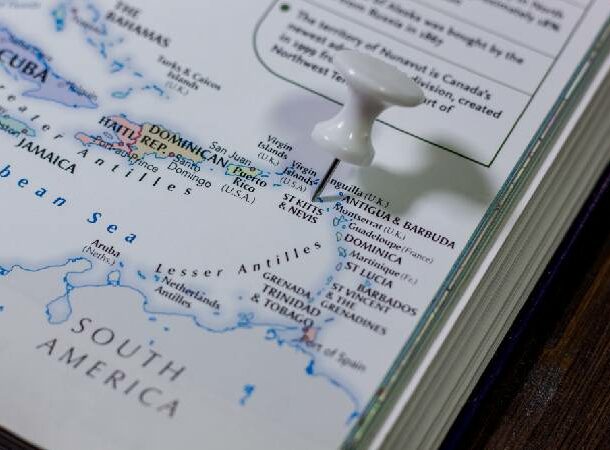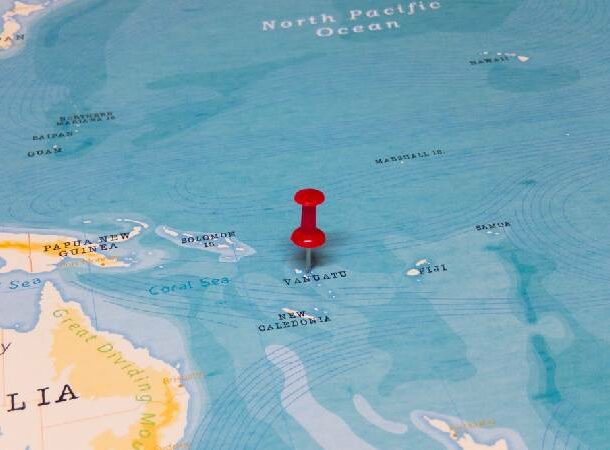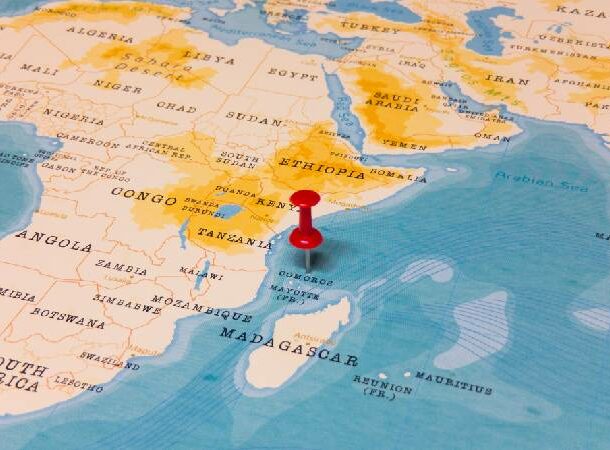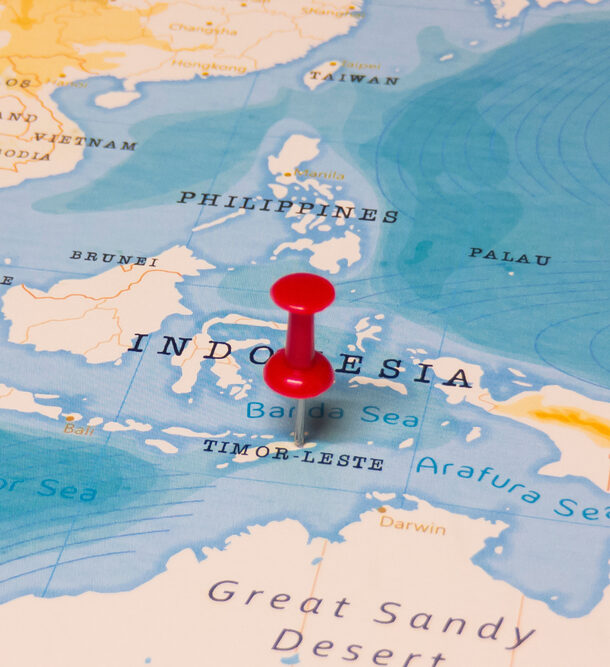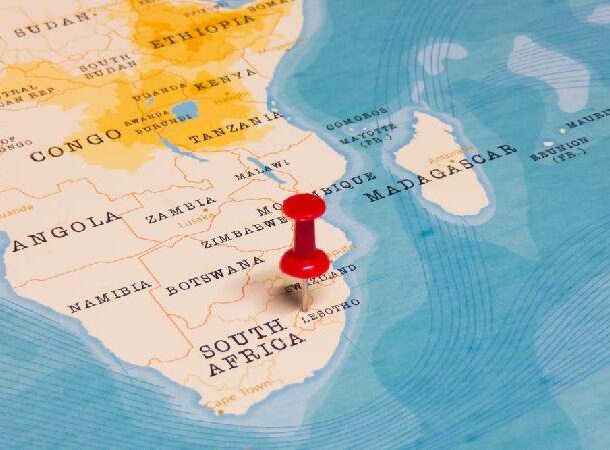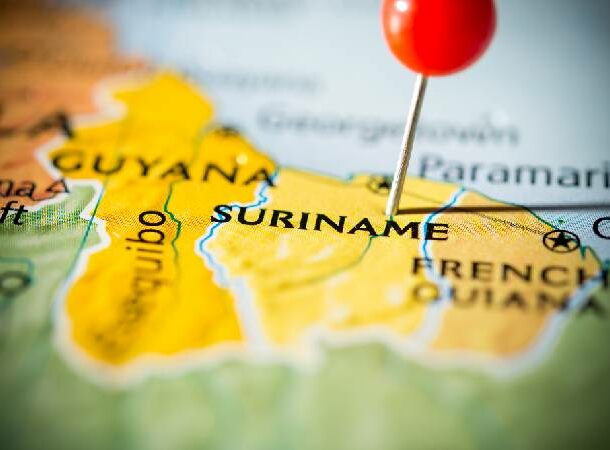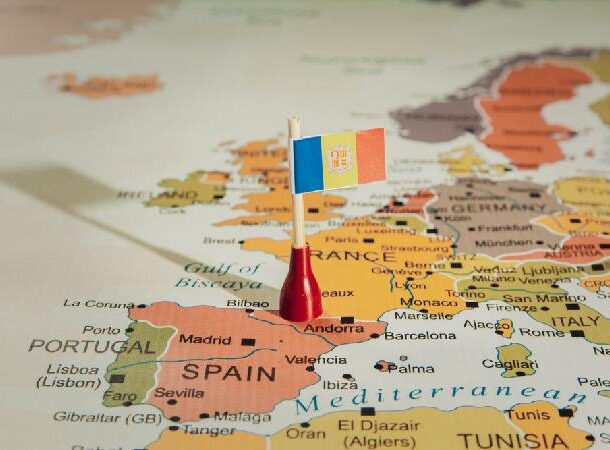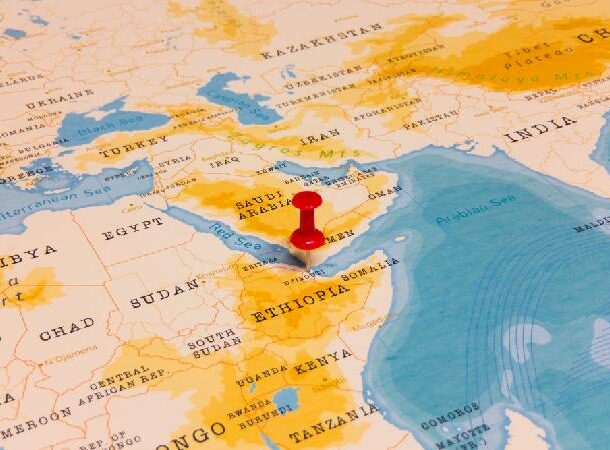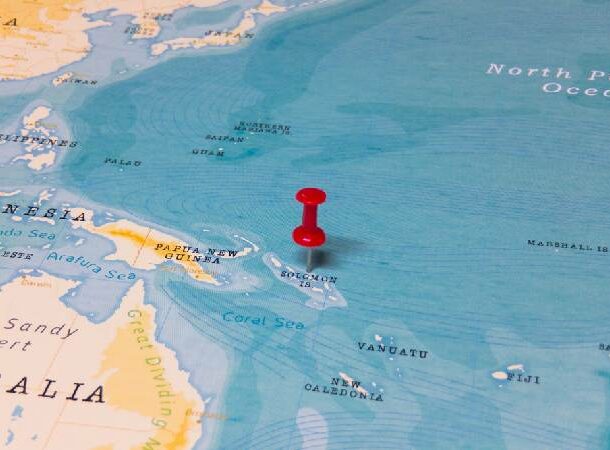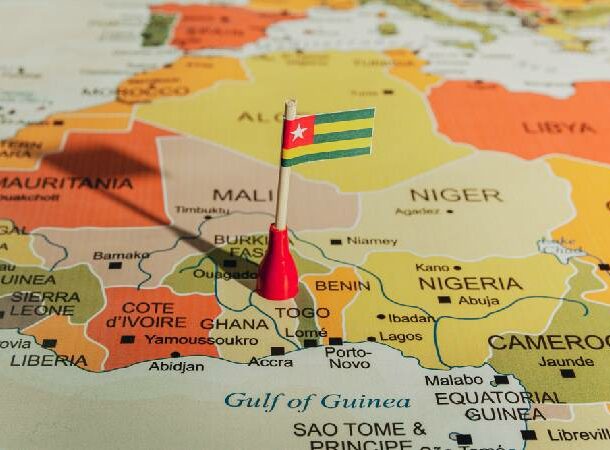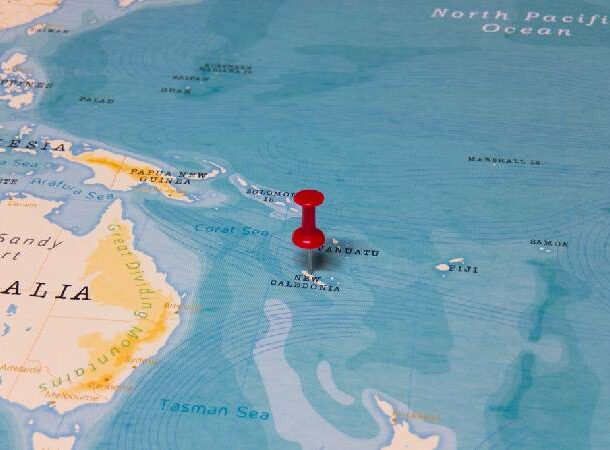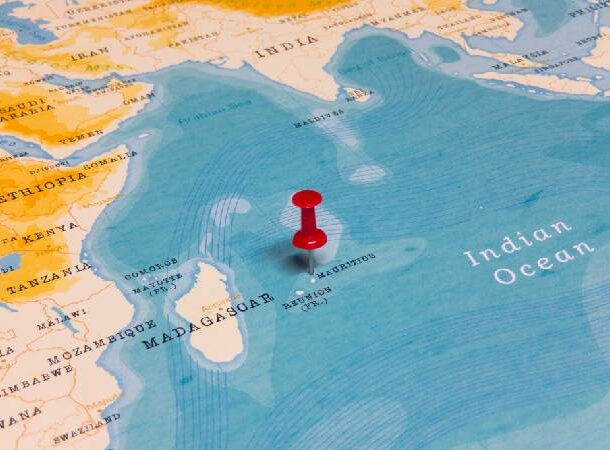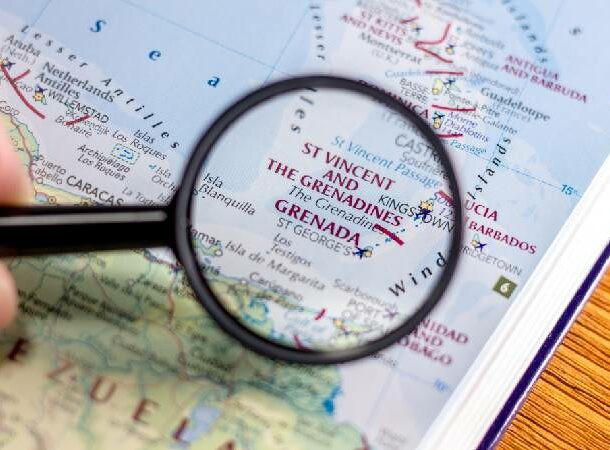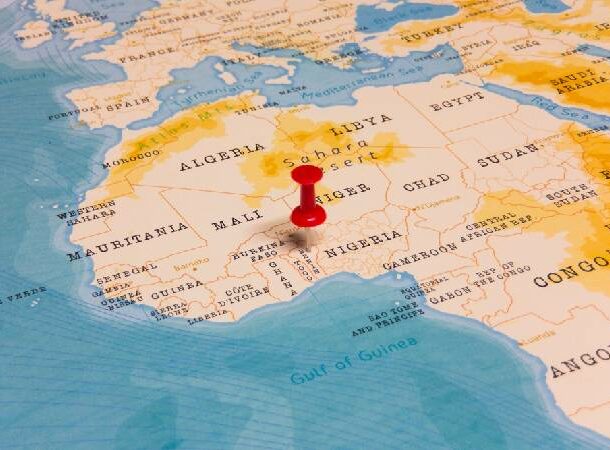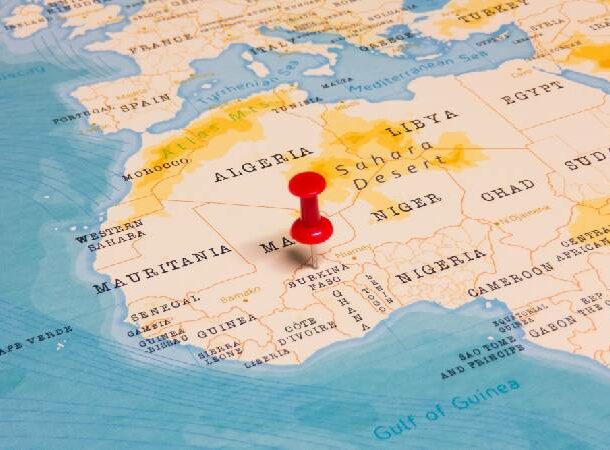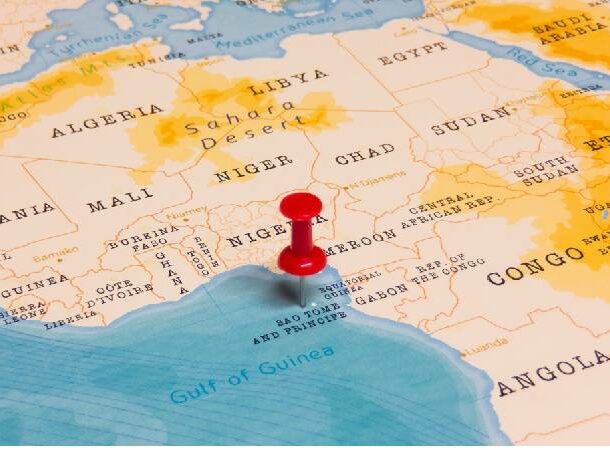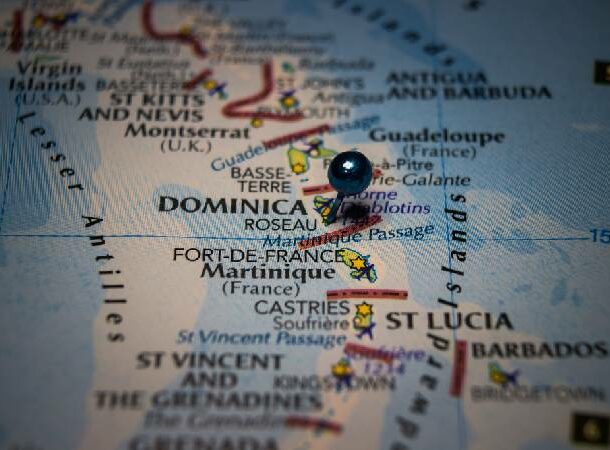Even if that’s not you, by the end of this list, you’ll hear about at least one place you’ll want to add to your travel list.
Here are 25 countries you didn’t know existed (and they’re amazing!).
Population: 11,925 Languages: Tuvaluan and English In the South Pacific, roughly halfway between Australia and Hawaii, sits the country of Tuvalu, made up of 9 small islands. Tuvalu is one of many places on this list that offers prime snorkeling and diving spots. You can swim with the turtles and tropical fish and explore the Funafuti conservation area. Most Tuvaluans live in small villages of only a few hundred people. Gardening, fishing, and handcrafting canoes are common trades. Language: dzongkha Bhutan is a Buddhist kingdom on the eastern edge of the Himalayas. Here you can visit the Tiger’s Nest monastery and the Gangtey Valley. Gangtey Valley is touted to be one of the most beautiful valleys in the Himalayas. Bhutan is also known for its vibrant and colorful festivals, notably the Paro and Thimphu festivals. Watching the mystical dances at these festivals is believed to be the key to gaining enlightenment. Population: 121, 388 Languages: Kiribati and English Located in the central Pacific Ocean, Kiribati sits on the largest coral atoll in the world. It’s known for its snorkeling, diving, and beaches. This is also a great place for fishing and checking out old World War II relics. Languages: English, Palauan If the already-mentioned places don’t appeal to your inner diver or explorer, maybe Palau, located in the western Pacific, is more your speed. Shipwrecks and hidden caves make Palau a top diving and snorkeling location. There are also a lot of vertical drop-offs and exotic and diverse wildlife, which make it a great place to hike and explore. Language: English St. Kitts and Nevis is made up of two islands, as its name suggests. They were the first to be colonized by the british in 1623 and didn’t gain independence until 1983. Old sugar plantations have been converted into trendy hotels and resorts for tourists to discover what the country has to offer. St. Kitts is home to the Brimstone Hill Fortress Park, where you can sometimes see neighboring Caribbean islands. St. Kitts also boasts a scenic railway and the dormant Mt. Liamuiga volcano. If that’s not enough, there are the green vervet monkeys and hiking trails through the rainforest. Languages: French, Bislama, English In the South Pacific Ocean, the 83 islands of Vanuatu offer another great diving spot, especially if underwater caverns and shipwrecks are your thing. The World War II troopship SS President Coolidge is one of those shipwrecks. Also of note? Vanuatu’s national museum explores the nation’s melanesian culture. Languages: French, Seychelles Creole, English Seychelles is an island off the coast of Africa and is home to two Unesco sites, Aldabra and Vallée de Mai. Vallee de Mai is thought by some scholars to be the former location of the Garden of Eden. It’s also home to the Morne Seychelles National Park and the breathtaking beaches of Beau Vallon and Anse Takmaka. The aldabra tortoise and rare black parrots can be found here.Thanks to tourism and fishing, the Seychelles boasts the highest nominal GDP in Africa. Languages: Comorian, French, Arabic Often called the “perfumed islands” because of its fragrant plant life, Comoros is known for its jaw-dropping beaches set against the backdrop of volcanic peaks. This scenic country is off the eastern coast of Africa. Languages: Portuguese, Tetun Want to go whale watching after a bike ride? Timor-Leste is the place to go. This southeast Asian country only became an independent nation in 2002. Landmarks around the capital city, Dili, reflect the 400 years of Portuguese colonization and 24 years of Indonesian occupation. The 27-meter-tall Cristo Rei de Dios statue is another iconic landmark. This statue sits high over the city, offering a clear view of the surrounding bay. Language: Southern Sotho, English This landlocked enclave in South Africa is home to the Thaba Bosiu Cultural Village. The village sits on top of a plateau, and the ruins are from the 19th-century rule of King Moshoeshoe the First. It’s said to have magical powers at night. Language: Dutch Looking for a location that combines rainforests and sandy savanna? Suriname is a great choice. Dutch colonial architecture makes for picturesque strolls around town. Suriname is also home to St. Peter and Paul Basilica, a lofty wood cathedral consecrated in 1885. Suriname is in northeastern South America. Population: 441,532 Language: Malay Brunei Darussalam is on the island of Borneo near Malaysia in the South China Sea. This Islamic nation is home to the palatial Jame’asr Hassanil Bolkiah mosque, which has 29 domes. It’s known for its beaches and rainforest, much of which is protected in reserves. Language: catalan Andorra is a Pyrenean country located between Spain and France. To me, Andorra sounds like a kingdom from a Disney movie, which automatically makes it awesome. In all seriousness, though, Andorra is known for its ski resorts and duty-free shopping. The capital of Andorra, La Vella, is a great place to shop at boutiques and jewelers. Languages: French, Arabic Ever had the desire to swim with whale sharks? Make sure to put Djibouti on your travel list. Located on the horn of Africa, Djibouti is home to Lake Assal, which is 10 times saltier than the sea. Also of note is Lake Abbe, a plateau speckled with steam-puffing limestone chimneys, some measuring 160 feet high. If you do make your way to Djibouti, note that it’s illegal to photograph public airports, military facilities, or public buildings. Languages: Swahili and English Eswatini is another landlocked country in southern Africa. It is one of the world’s last absolute monarchies, and the last in Africa. It’s the home of the Mountain Bushfire Fest, a globally recognized festival that celebrates arts, music, and creative expression while also promoting responsibility and stimulating the economy. Eswatini also offers the “Big 5” safari experience, where you might be lucky enough to see lions, leopards, rhinos, elephants, and buffalo. Language: English If you are a major World War II buff, one place you don’t want to miss is the Solomon Islands. There are several historic war sites, and on the island of Guadalcanal, there is a memorial and a lively market with island produce and crafts. This archipelago has 992 islands in total, including Skull Island, where warriors would put the heads of their vanquished enemies, and Savo Island, where there is a bubbling hot spring and an active volcano. If you are a diver, you’ll also be able to see a coral reef encrusted on top of tractors, jeeps, and bulldozers. Languages: Tongan and English Most of Togo’s 170 islands are uninhabited. The main island of Tongatapu is a great spot to enjoy beautiful lagoons and see impressive limestone cliffs. Togo is also known for its kava drinking ceremony. Kava is made from the root of the pepper plant and causes relaxation and feelings of wellbeing. Togo is another great place to enjoy beaches, coral reefs, and rainforests. Language: French Another hot spot for divers, New Caledonia in the South Pacific is surrounded by Grand Terre, a massive barrier reef. New Caledonia also has a 9,000-mile lagoon registered as a Unesco World Heritage Site. The landscape is also very diverse. Here you can find outback plains, tropical mountains, beaches, a buzzing city life, and deserts. Population: 1.27 million Language: English Mauritius sits off the coast of East Africa in the Indian Ocean. It has all the hiking opportunities: waterfalls, rainforests, and crazy wildlife (like the flying fox). There’s also a horse track and botanical gardens. The coolest part? There’s the illusion of an underwater waterfall, which is great to see from above while on a helicopter tour. Even cooler for those of you geology buffs? In 2017, a lost continent was discovered beneath this island. Language: English Known as “spice island” because of its nutmeg plantations, the Caribbean island of Grenada sits 800 miles above the equator. It’s one of the smallest independent countries in the western hemisphere, and it’s known for its hiking opportunities, breathtaking waterfalls, like the Seven Sisters Waterfall, and beautiful beaches. Most notably for chocolate lovers, Grenada has three types of cocoa beans. Its chocolate was even awarded the “fine flavor” distinction from the international cocoa organization. Language: French Located in west Africa, Benin is home to the Pendjari National Park. This park is touted as one of the best places to see a west African lion. Benin is also the birthplace of the voodoo religion. It also has a museum in a royal palace that has a throne mounted on human skulls. You know if you are into those things. However, take note that some places in Benin have a level 3 travel warning due to kidnapping and terrorism. Just make sure to do your research before you go. Language: French The west African country of Burkina Faso is known for a rich music scene and lively festivals, including the International Festival of Hip Hop Culture (waga Hip Festival), held every October. However, you might want to hold off on visiting Burkina Faso for now, as the current travel advisory warns of violent crime and terrorist attacks. Population: 1,620 Languages: Niue and English The South Pacific country of Niue has one of the largest raised coral atolls. Here you will find abundant fishing, diving, and snorkeling. Between the months of July and October, you might be lucky enough to spot migrating whales. Also worth visiting are the rock pools, or “avaiki cave,” and the Huvalu Forest Conservation Area, which trails through fossilized coral forests leading to Togo and Vaikona Chasms. Language: Portuguese Sao Tome and Principe are African islands near the equator. It’s ideal for extreme mountaineers who don’ mind climbing up large extinct volcanoes covered in moss and home to snakes. There’s not a lot of infrastructure yet, but the white sand beaches and clear waters are always pristine, which makes them attractive to tourists. Sao Tome and Principe is also a prime spot if you are into ecotourism, with its wild jungles, 700 species of plants, and waterfalls. A visit to one of the many coffee plantations is said to be an absolute must. It’s quite safe to travel there as long as you get your yellow fever vaccine and take precautions against malaria. Language: English Last, but not least, we have the Caribbean island of Dominica. No, not the Dominican Republic—Dominica. Morne Trois Pitons National Park is home to the volcanically heated, steam-covered boiling lake and the 65-meter-tall Trafalgar Falls. The mountainous country also has its share of amazing beaches. Here you can find black, brown, and silver sand. It might not be the best for lounging around, but it’s great for adventures.
If you enjoyed reading about 25 Countries You Didn’t Know Existed. You might also enjoy 25 Cheapest Countries to Live In Luxury
